Edible native plants
wendy2shoes
14 years ago
Related Stories
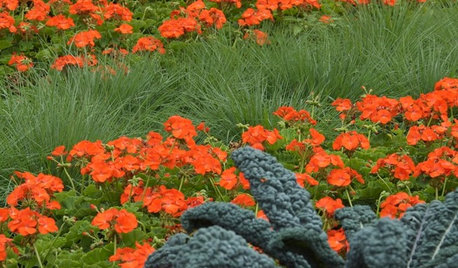
EDIBLE GARDENS7 Edible, Pretty Wonders of the Plant World
It's OK to like them just for their looks, but these flowers, trees and greens have a tasty side too
Full Story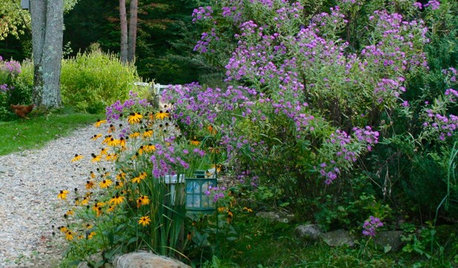
GARDENING GUIDESTop 10 Native Plants for the Northeast
For a low-maintenance, wildlife-friendly landscape, use native plants adapted to the climate and range of soils in the Northeast
Full Story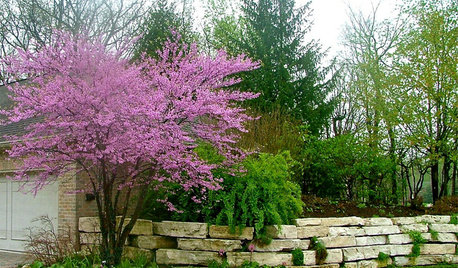
GARDENING GUIDES10 Top Mid-Atlantic Native Plants
Enjoy a four-season garden in the mid-Atlantic region with plants that will stand up to weather shifts, clay soil and the occasional deer
Full Story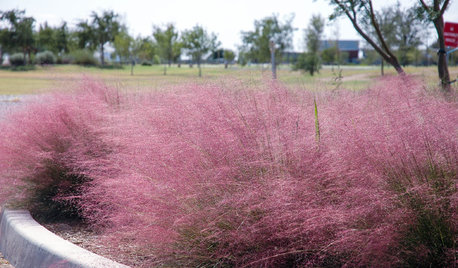
NATIVE PLANTS10 Top Plants Native to the Desert Southwest
Get a thriving garden despite unforgiving conditions with these tough, unthirsty, sun-loving beauties
Full Story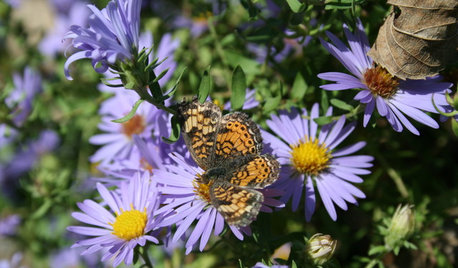
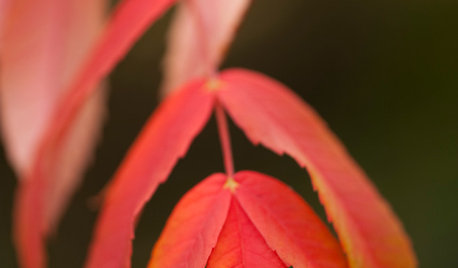
GARDENING GUIDESGreat Design Plant: Rhus Glabra
Smooth sumac provides powerful jolts of fall color and persistent fruit clusters that add interest through the winter
Full Story
FARM YOUR YARDHow to Get Good Soil for Your Edible Garden
The nutrients in your soil feed the plants that feed you. Here are tips on getting it right — just in time for planting season
Full Story
FALL GARDENINGGreat Design Plant: Low-Maintenance Allium Cernuum
Nodding onion is a Mid-Atlantic native bulb with beautiful midsummer blooms
Full Story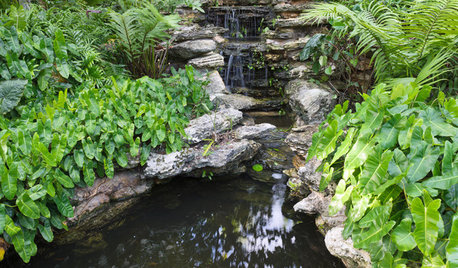
LANDSCAPE DESIGNRecipe for Tropical Edible Garden Style
Appeal to exotic good taste with fruit trees, palms and tropical look-alikes in your temperate-climate garden
Full Story
FRONT YARD IDEAS10 Ideas for a Front-Yard Edible Garden Your Neighbors Will Love
Choosing attractive, well-mannered plants and sharing the bounty will go a long way toward keeping the peace
Full Story





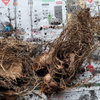
bev_w
ontnative
Related Professionals
Forest Park Landscape Architects & Landscape Designers · Saint Charles Landscape Architects & Landscape Designers · Brooklyn Center Landscape Architects & Landscape Designers · Estelle Landscape Contractors · Live Oak Landscape Contractors · Lorain Landscape Contractors · Metairie Landscape Contractors · New Providence Landscape Contractors · North Plainfield Landscape Contractors · Pahrump Landscape Contractors · Panama City Beach Landscape Contractors · Pomona Landscape Contractors · Salem Landscape Contractors · Wailuku Landscape Contractors · White Bear Lake Landscape Contractorswendy2shoesOriginal Author
sheryl_ontario
bev_w
luckynes13
luckynes13
wendy2shoesOriginal Author
luckynes13
mariana2007
wendy2shoesOriginal Author
mariana2007
ninamarie
yugoslava
luckynes13
luckynes13
sheryl_ontario
mikesbigfoot1954_yahoo_com